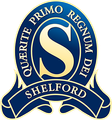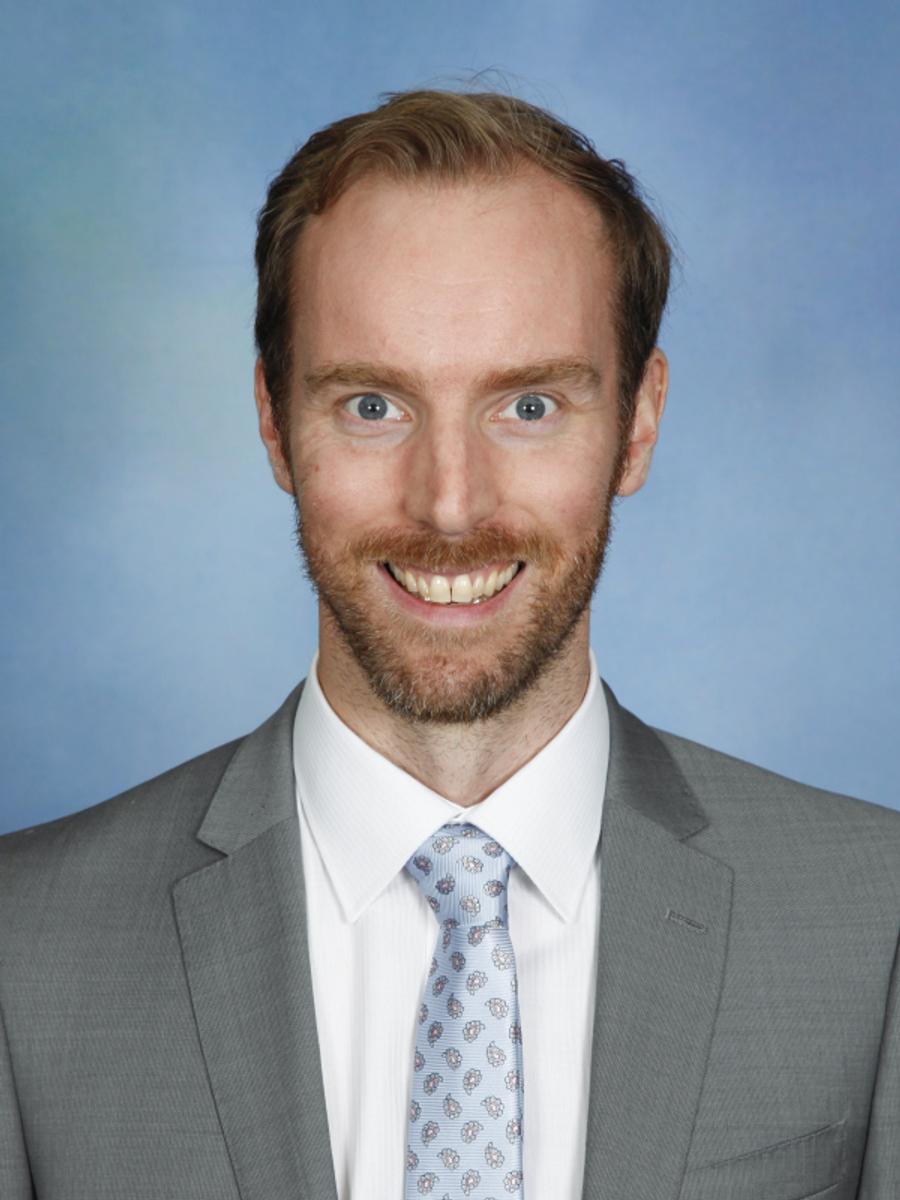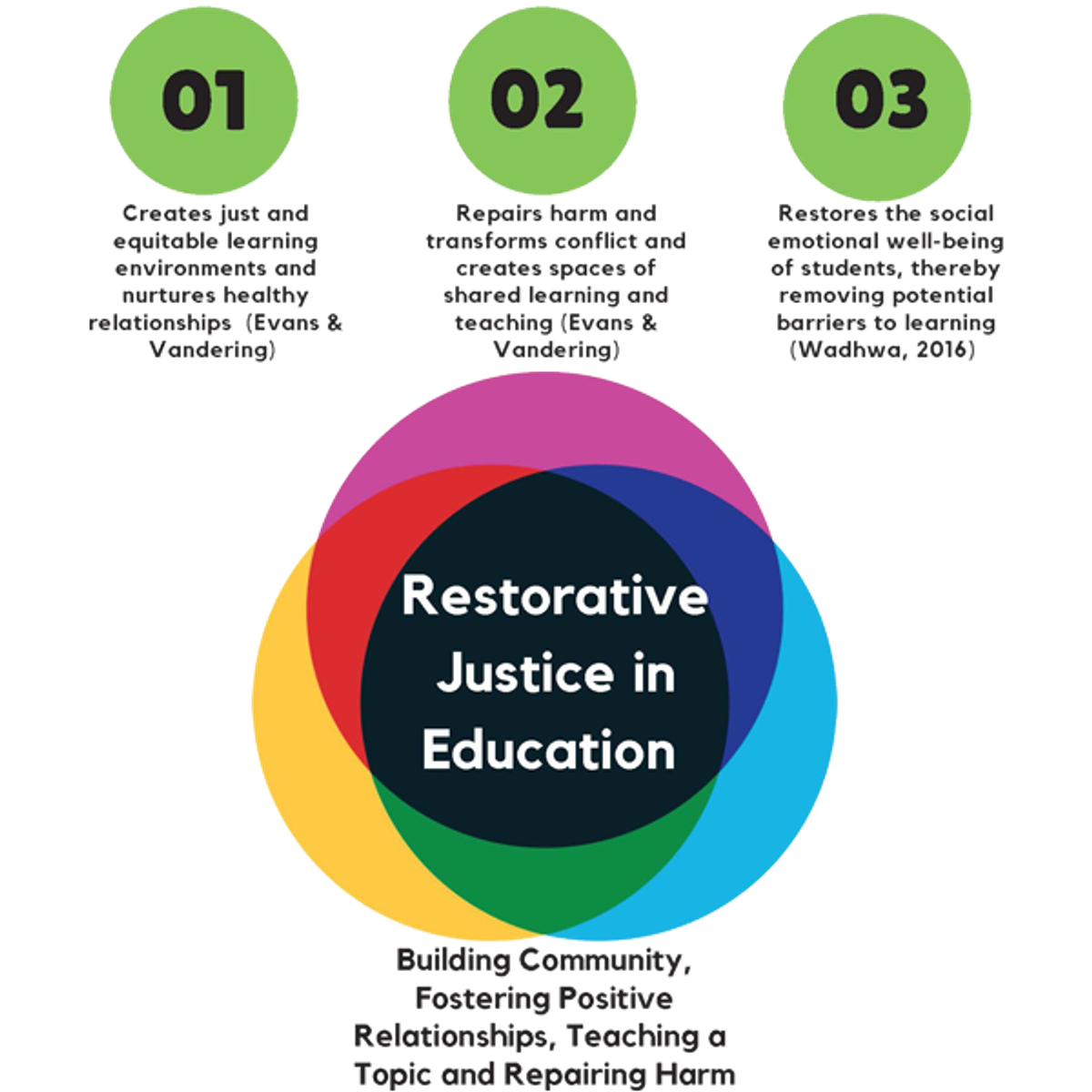Middle Years update: On the restorative framework

A fundamental element of Shelford is our firm belief in restorative justice and methods. A commitment to restorative justice encourages the School community to create fair and equitable learning environments in which personal growth and understanding are a priority. Restorative methods are used across a range of educational and social institutions. They are increasingly common in schools because the goals to be achieved by a restorative system often coincide with the goals of schools: building community, fostering positive relationships, teaching and sharing in a productive way and repairing harm through reflection, appropriate reparation and a commitment to grow and be better from one’s experience and for the benefit of others.
Image source: Source: Natomas Unified School District
Rules are essential, of course, in providing boundaries and clarity for all in a community. Context is important in nurturing relationships and a positive environment. Restorative philosophy creates a space for both considerations.
A strong bedrock of values which are known and held as aspirational for everyone in the community are essential. These comprise the expectations that bind the community. Embedding restorative methods requires frequent reflection and discussion about these expectations and values so they are well known and a touchstone for constant consideration. Frequent discussion provides a reminder of the standards to which members must adhere. And yet, of course, mistakes will be made. We are human, after all! A restorative philosophy provides opportunity to address mistakes in a supported process of reflection and action. It seeks to nurture character growth and repair harm by creating spaces for shared learning and teaching which values rewarding relationships and supportive communities. These facets, then, from values to expectations to practise comprise the restorative, if not relational, framework of the School.
It is important to note that such a restorative framework does not imply there are no consequences for mistakes made. Instead, a restorative framework is perhaps better equipped than a reflexive disciplinary model to support members of the community in learning from their mistakes: members are required to acknowledge their mistakes in a way that respects their dignity as capable individuals. They are required to work actively towards repairing harm and, in so doing, recognise the dignity of others and the community. They are expected to adhere to a process of personal growth and improvement through an understanding of their impact on others. And, finally, members make commitments to be and do better by their considered actions moving forward. Thus, a restorative framework has high standards and accentuates the fact that all actions have consequences. The result of fostering and embedding such a relational framework is the creation of community comprised of mindful, upstanding, good, resilient and deep characters.
Tristan Hill
Middle Years Coordinator


